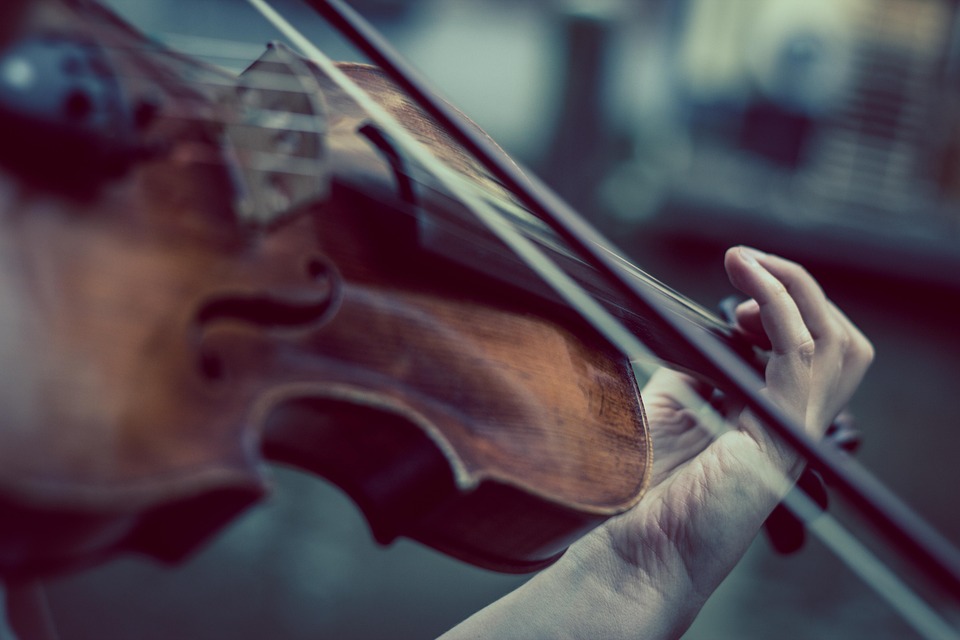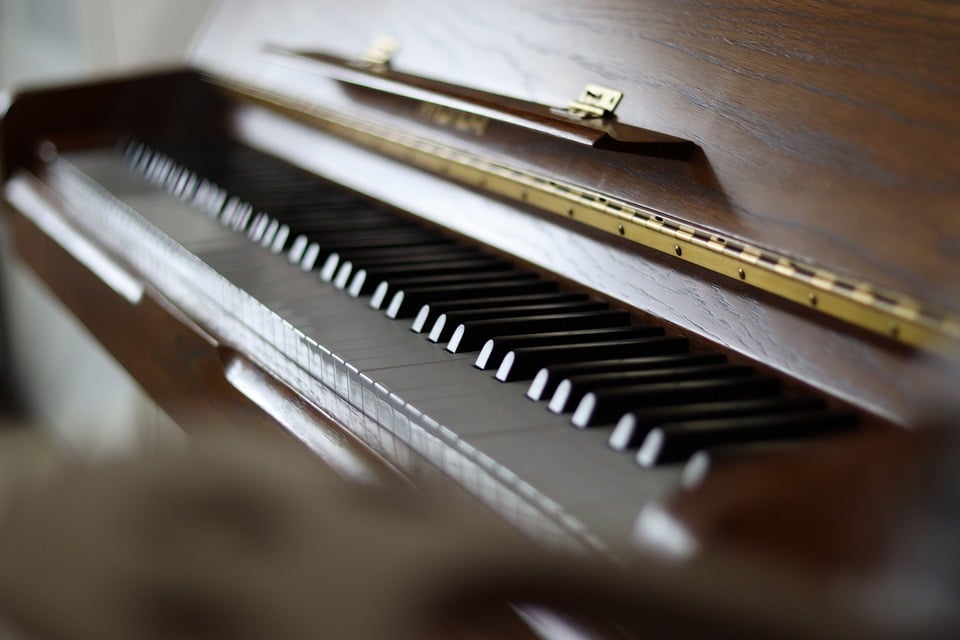Finding the right classical guitar can be a daunting task, especially when you’re trying to stay within a budget. Fortunately, there are numerous excellent options available for under $500. In this article, we will explore some of the best classical guitars that offer great sound quality, craftsmanship, and playability without breaking the bank.
Why Choose a Classical Guitar?
Classical guitars are distinct from other types of guitars, primarily due to their nylon strings, wider neck, and body shape. They produce a warm, rich sound that is ideal for various music genres, including classical, flamenco, and even pop. The softer nylon strings are easier on the fingers, making them an excellent choice for beginners.
Additionally, classical guitars often feature a wider fretboard, which allows for more finger space and greater playability for complex chords and fingerstyle techniques. Their unique design also contributes to their resonant sound, making them a preferred choice for many musicians. If you’re looking for a versatile instrument that can grow with you, a classical guitar is an excellent investment.
Key Features to Look For
When shopping for a classical guitar under $500, there are several key features to consider. First and foremost is the quality of the materials. Look for guitars made from solid woods, as they typically provide better sound quality than laminates. Common woods used in classical guitars include spruce for the top and mahogany or rosewood for the back and sides.
Another important feature is the neck profile and action. A comfortable neck and properly set action can significantly affect playability. If the strings are too high, it can be challenging to press down, especially for beginners. Lastly, consider the guitar’s overall design and aesthetic appeal, including the finish and inlays, as these factors can enhance your playing experience.
Top Classical Guitars Under $500
1. Yamaha C40II
The Yamaha C40II is a fantastic entry-level classical guitar that has gained a reputation for its quality and affordability. With a solid spruce top and meranti back and sides, this guitar produces a rich and balanced sound. The C40II’s wide neck and comfortable fingerboard make it easy for beginners to learn and play various techniques.
This guitar also comes with a durable build, making it suitable for both home practice and performances. Its beautiful finish and classic design add to its charm, making it a visually appealing choice as well. Overall, the Yamaha C40II is a solid investment for those looking to start their musical journey.
2. Cordoba C5
The Cordoba C5 is another excellent option for those seeking a quality classical guitar without spending a fortune. This model features a solid Canadian cedar top paired with mahogany back and sides, which contributes to its warm tone and excellent projection. The C5 is designed for comfort, with a slim neck profile and a smooth fingerboard that enhances playability.
One of the standout features of the Cordoba C5 is its attention to detail in craftsmanship. The guitar is adorned with elegant rosettes and a high-gloss finish, making it a visually stunning instrument. Whether you’re a beginner or an intermediate player, the Cordoba C5 is a versatile and reliable choice that will serve you well for years to come.
3. Takamine GC5N
The Takamine GC5N is a well-crafted classical guitar that offers exceptional sound quality and playability. With a solid spruce top and mahogany back and sides, this guitar produces a bright and resonant tone. The GC5N features a comfortable neck and a slightly narrower nut width, making it suitable for players who may be transitioning from steel-string guitars.
This guitar’s quality construction ensures durability, while its elegant design, complete with a natural finish and intricate inlays, adds to its aesthetic appeal. The Takamine GC5N is perfect for both practice sessions and performances, making it a great choice for musicians at any skill level.
4. Luna Guitars Safari Series
The Luna Guitars Safari Series is a unique option for those looking for a portable and lightweight classical guitar. This model features a compact body size, making it ideal for travel and easy to handle for younger players or beginners. Despite its smaller size, the Safari Series produces a surprisingly full sound thanks to its solid spruce top and mahogany back and sides.
The eye-catching design, complete with moon phase inlays, makes this guitar visually appealing. Its affordability and portability make it an excellent choice for students or musicians who want to take their guitar on the go. The Luna Guitars Safari Series proves that you don’t have to sacrifice quality for size.
5. Alhambra 1C
The Alhambra 1C is a Spanish-made classical guitar that stands out for its exceptional craftsmanship and sound quality. With a solid cedar top and mahogany back and sides, this guitar offers a warm and rich tone that is perfect for classical music. The 1C features a comfortable neck, making it easy to play for extended periods.
This model is known for its sturdy construction, ensuring it can withstand the rigors of regular use. With its beautiful finish and elegant design, the Alhambra 1C is not only a pleasure to play but also a stunning addition to any musician’s collection. It is an excellent choice for players who appreciate quality and authenticity.
How to Choose the Right Classical Guitar
Choosing the right classical guitar involves more than just picking a model within your budget. It’s essential to consider your playing style, skill level, and personal preferences. If you’re just starting, you may want to choose a model that is easy to play and has a comfortable neck profile.
Additionally, visiting a music store to try out different guitars can be incredibly beneficial. Each guitar has its own unique feel and sound, and what works for one player may not work for another. Pay attention to how the guitar feels in your hands, the sound it produces, and whether it inspires you to play more.
Maintaining Your Classical Guitar
Once you’ve found the perfect classical guitar, it’s essential to take care of it to ensure it lasts for years. Regular maintenance includes cleaning the strings and body, storing the guitar in a suitable environment, and changing the strings periodically. Keeping your guitar in a temperature and humidity-controlled space can prevent damage to the wood.
Additionally, consider investing in a good quality case or gig bag to protect your guitar while traveling. Regularly checking for any signs of wear or damage can help you catch issues early, ensuring your instrument remains in top shape.
Conclusion
Finding the best classical guitar under $500 is entirely possible with many excellent options available. Whether you’re a beginner looking to start your musical journey or an experienced player seeking a reliable instrument, the models discussed in this article offer a great balance of quality, sound, and playability.
Ultimately, the best guitar for you will depend on your individual preferences and needs. Take the time to explore different options, try out various models, and find the one that resonates with you. With the right classical guitar in hand, you’ll be well on your way to creating beautiful music.
FAQs
What is the difference between nylon and steel strings?
Nylon strings are softer and easier on the fingers, making them ideal for classical guitars. They produce a warm, mellow sound. In contrast, steel strings are brighter and have a stronger tension, commonly used in acoustic and electric guitars. The choice between the two often depends on the type of music you wish to play.
Can I play other genres on a classical guitar?
Absolutely! While classical guitars are designed for classical music, they are versatile instruments. Many musicians use them for flamenco, folk, and even pop music. Their unique sound can add a different flavor to various musical styles.
How often should I change the strings on my classical guitar?
String longevity depends on how frequently you play. If you play daily, consider changing your strings every 1-2 weeks. For occasional players, changing them every month or so is usually sufficient. Fresh strings improve sound quality and playability.
What is the best way to clean my classical guitar?
Use a soft, lint-free cloth to wipe down the body and strings after playing. For deeper cleaning, you can use guitar-specific cleaning products, but avoid harsh chemicals. Regular maintenance will keep your guitar looking and sounding great.
Do I need to use a specific type of pick for classical guitars?
Many classical guitarists prefer fingerstyle playing, using their fingers instead of a pick. However, if you choose to use a pick, opt for a softer one to avoid damaging the nylon strings. Experiment to find what feels best for your playing style.


